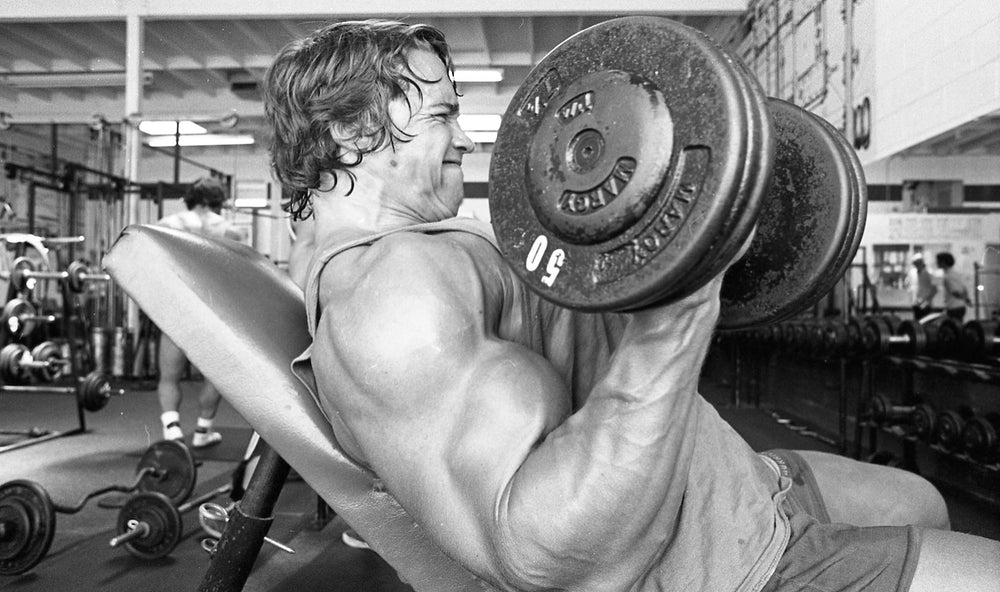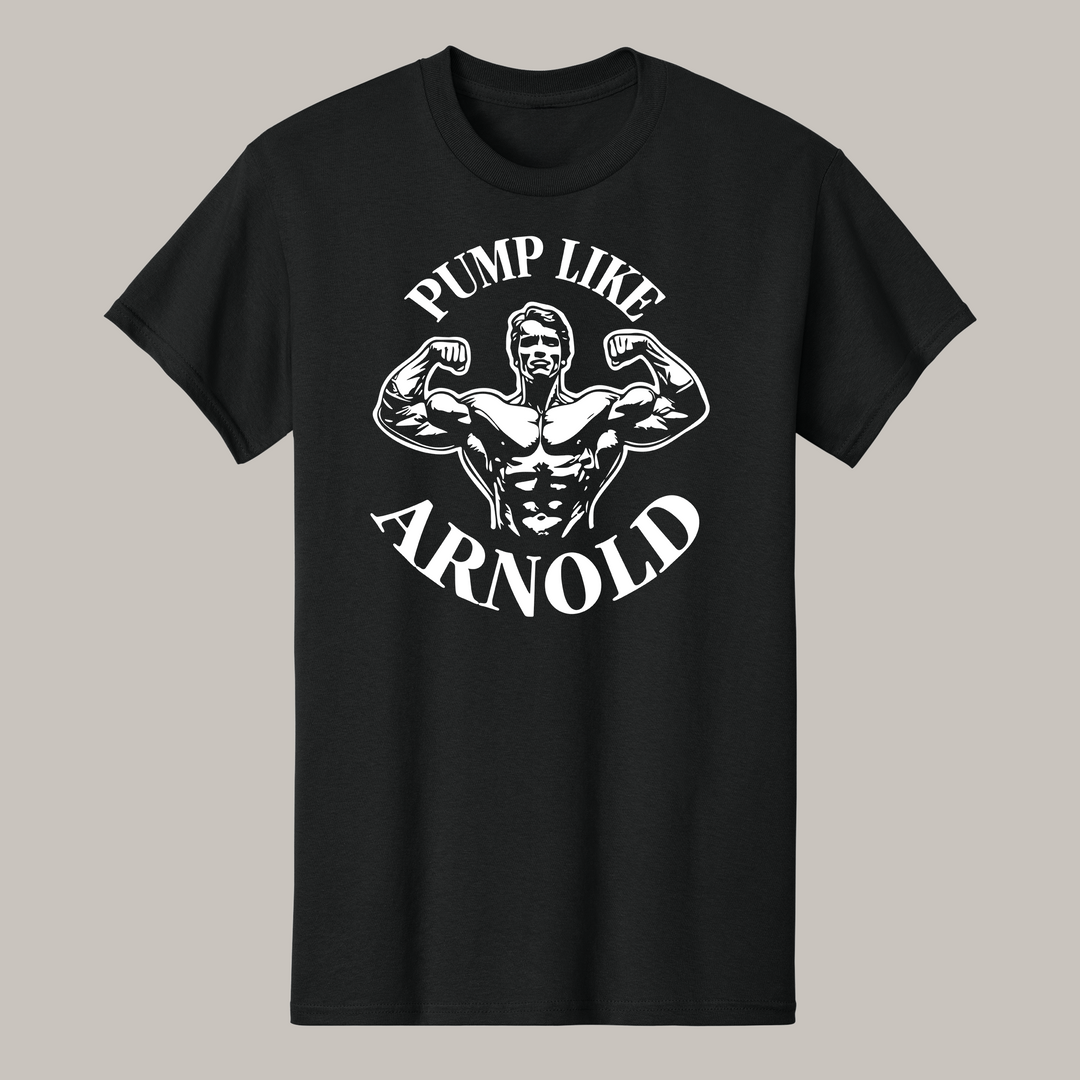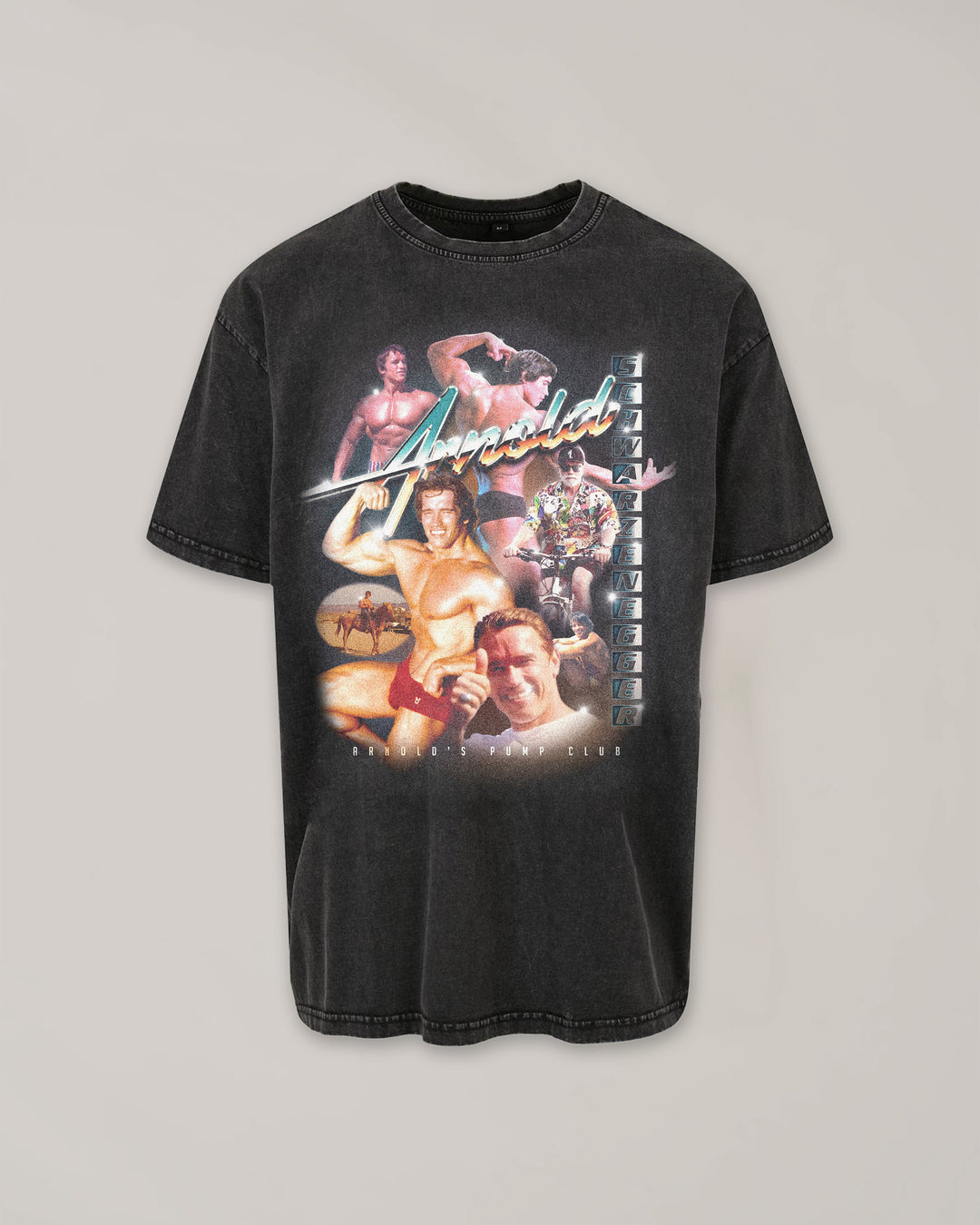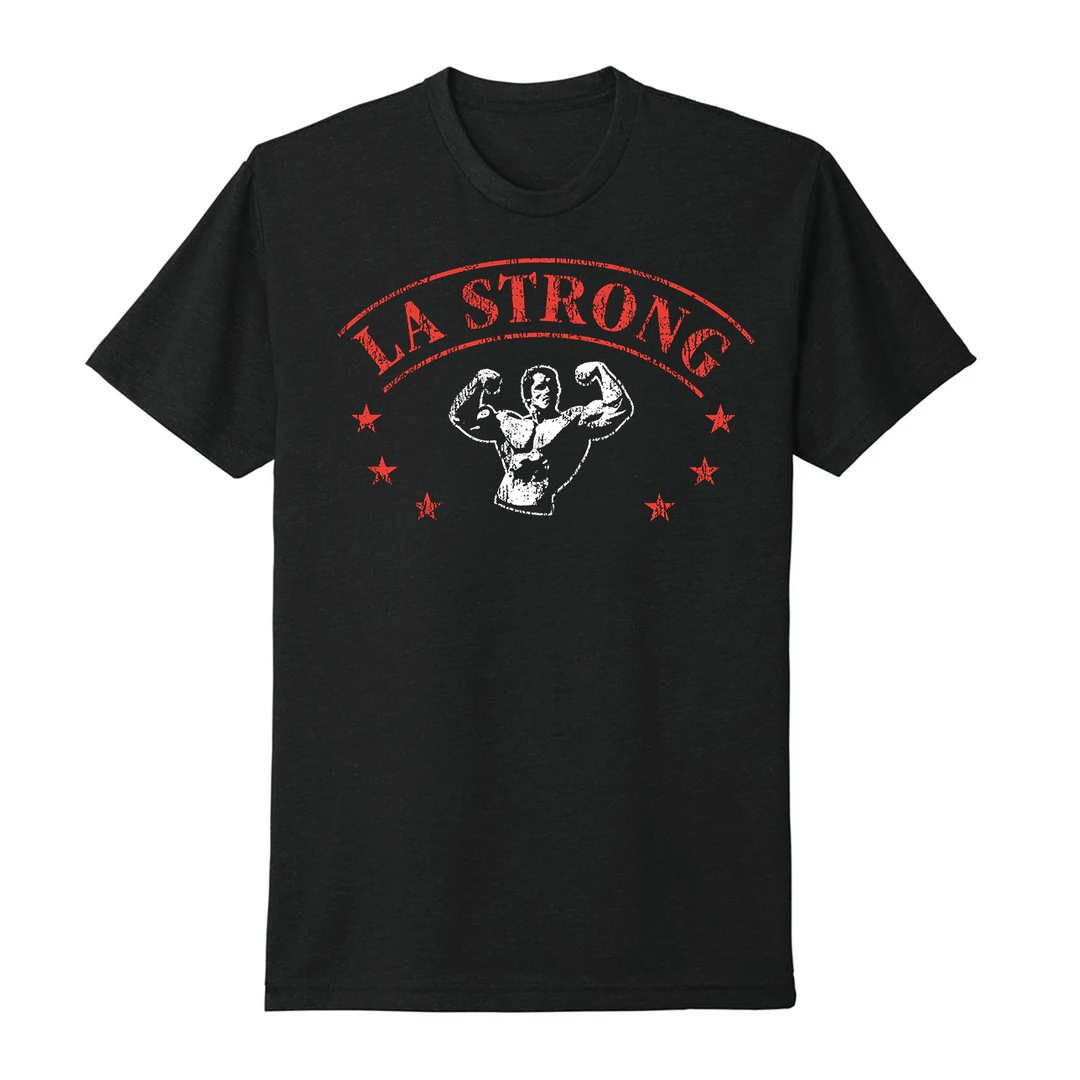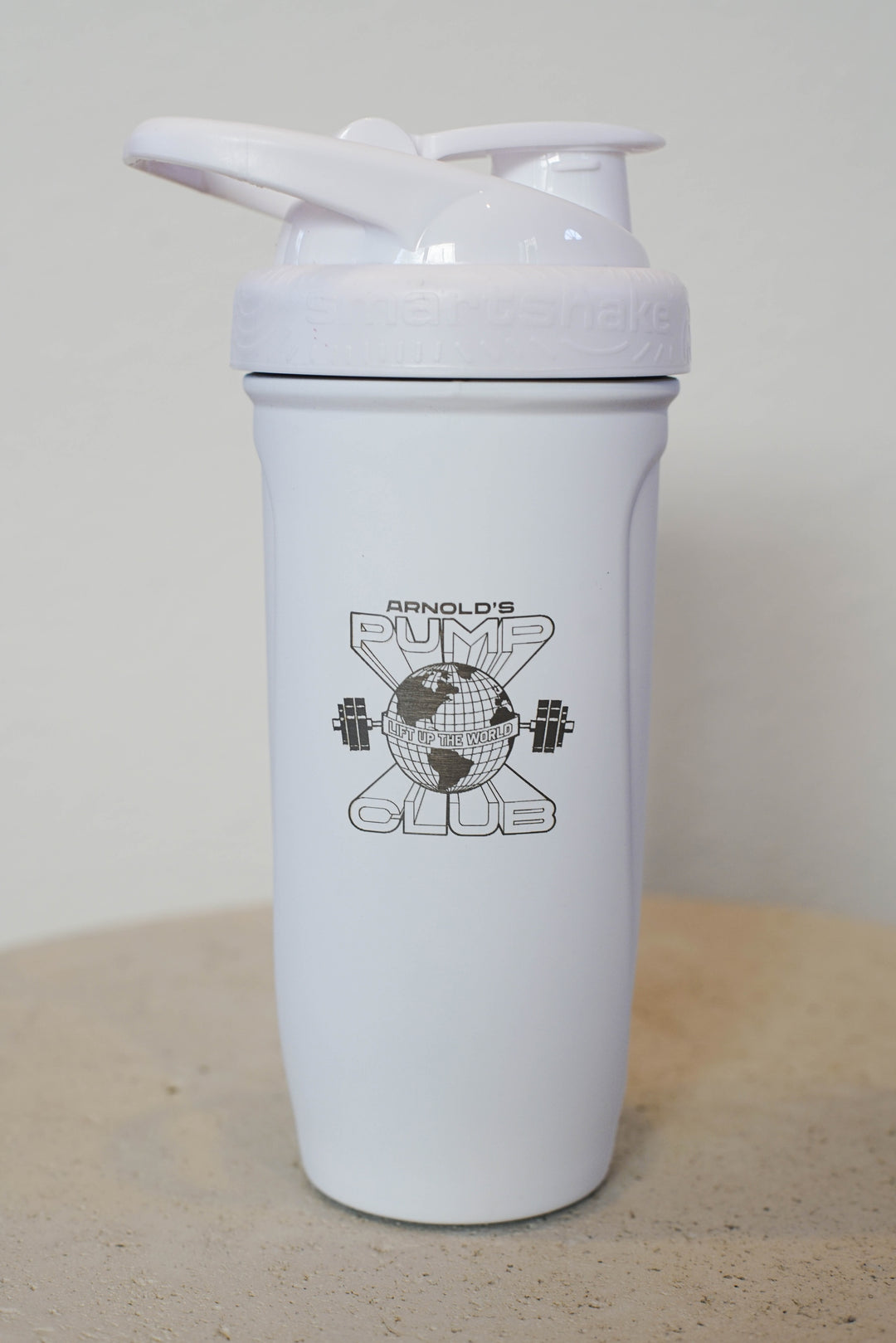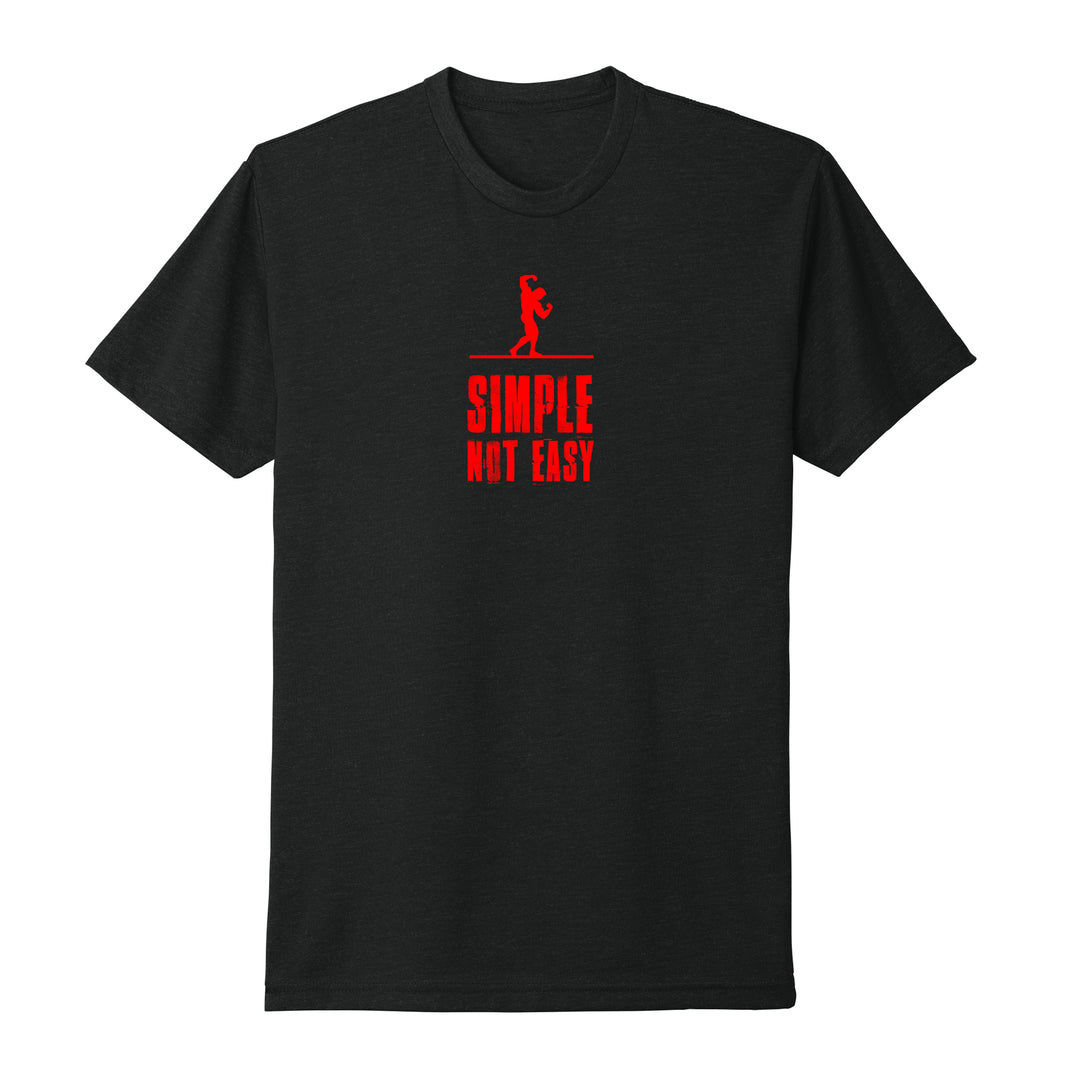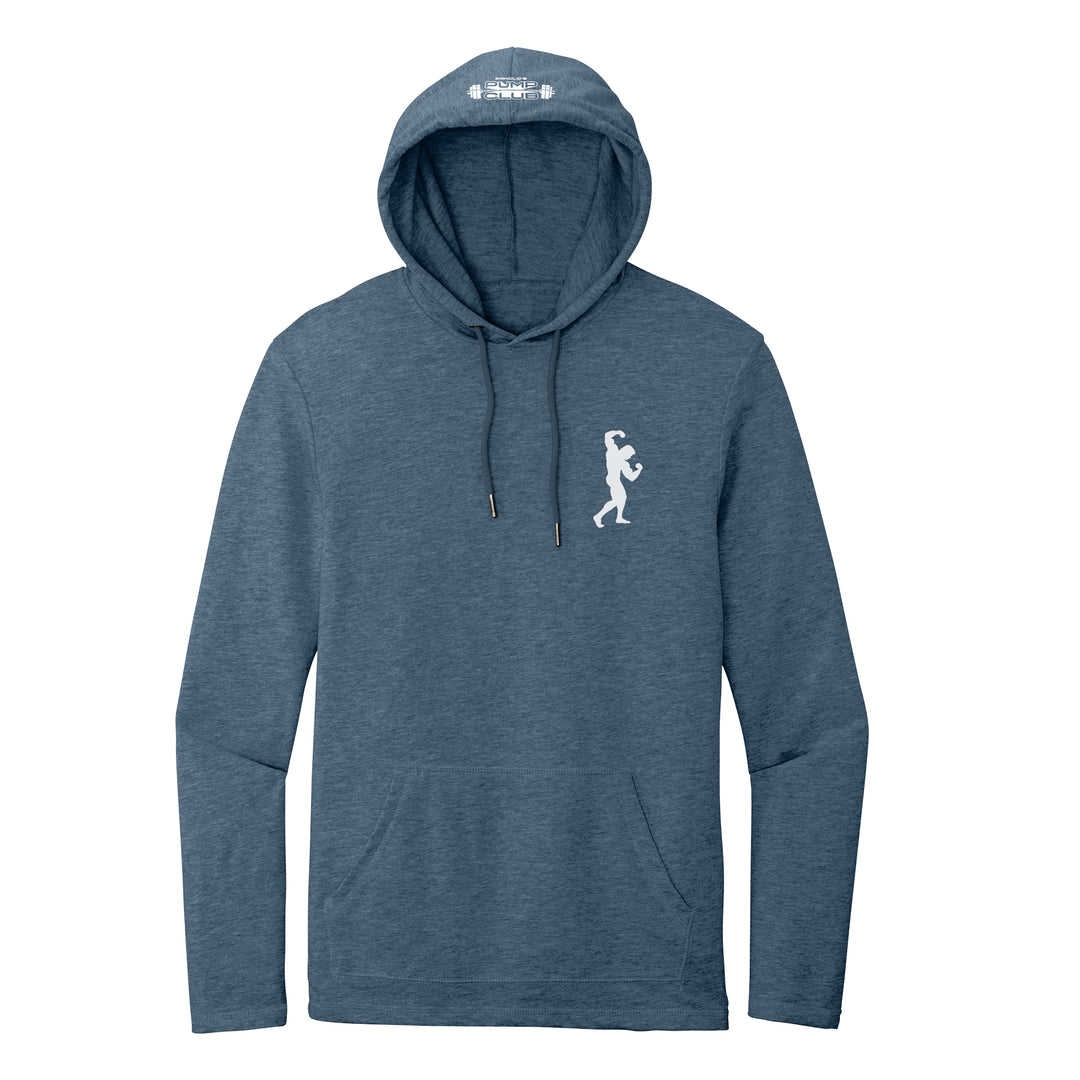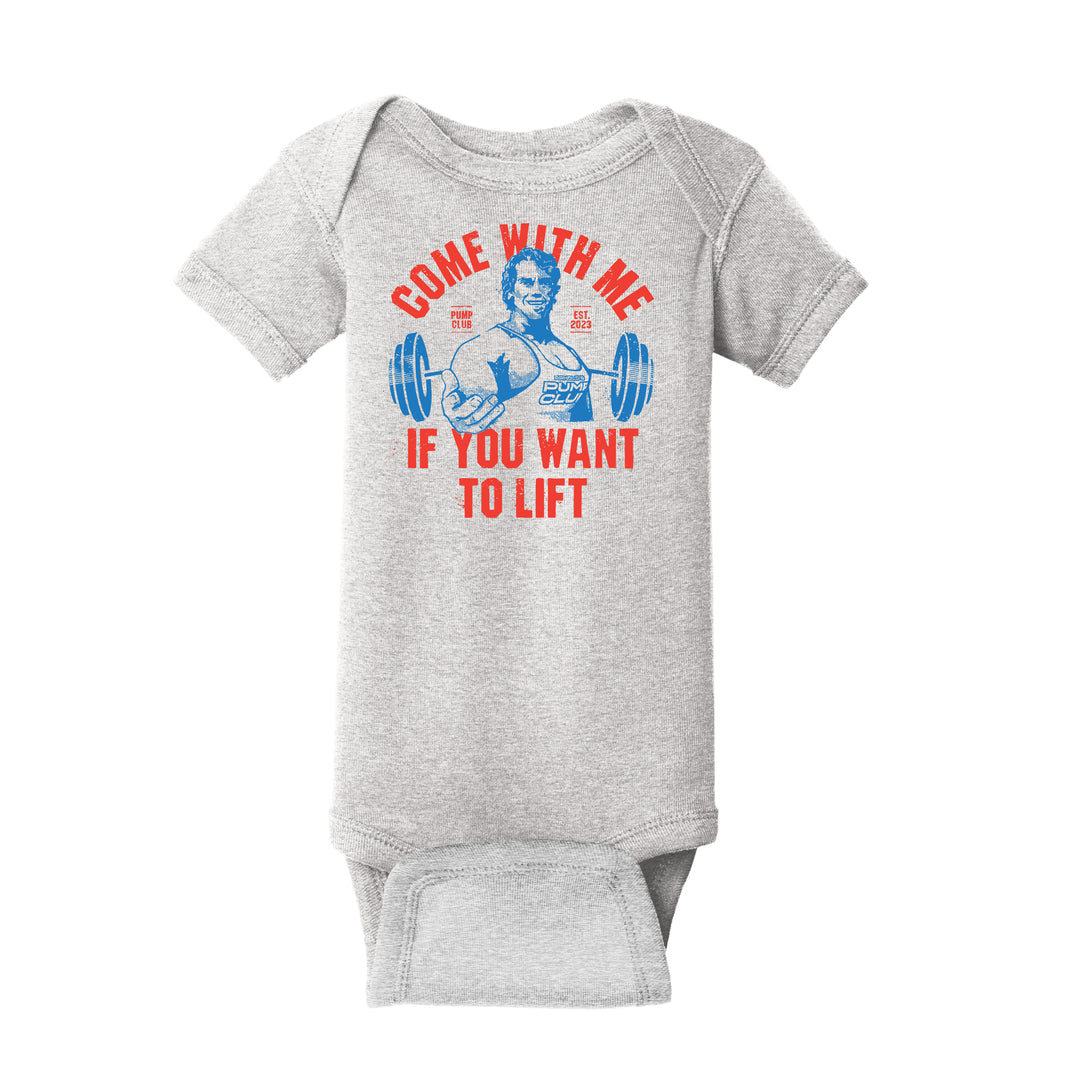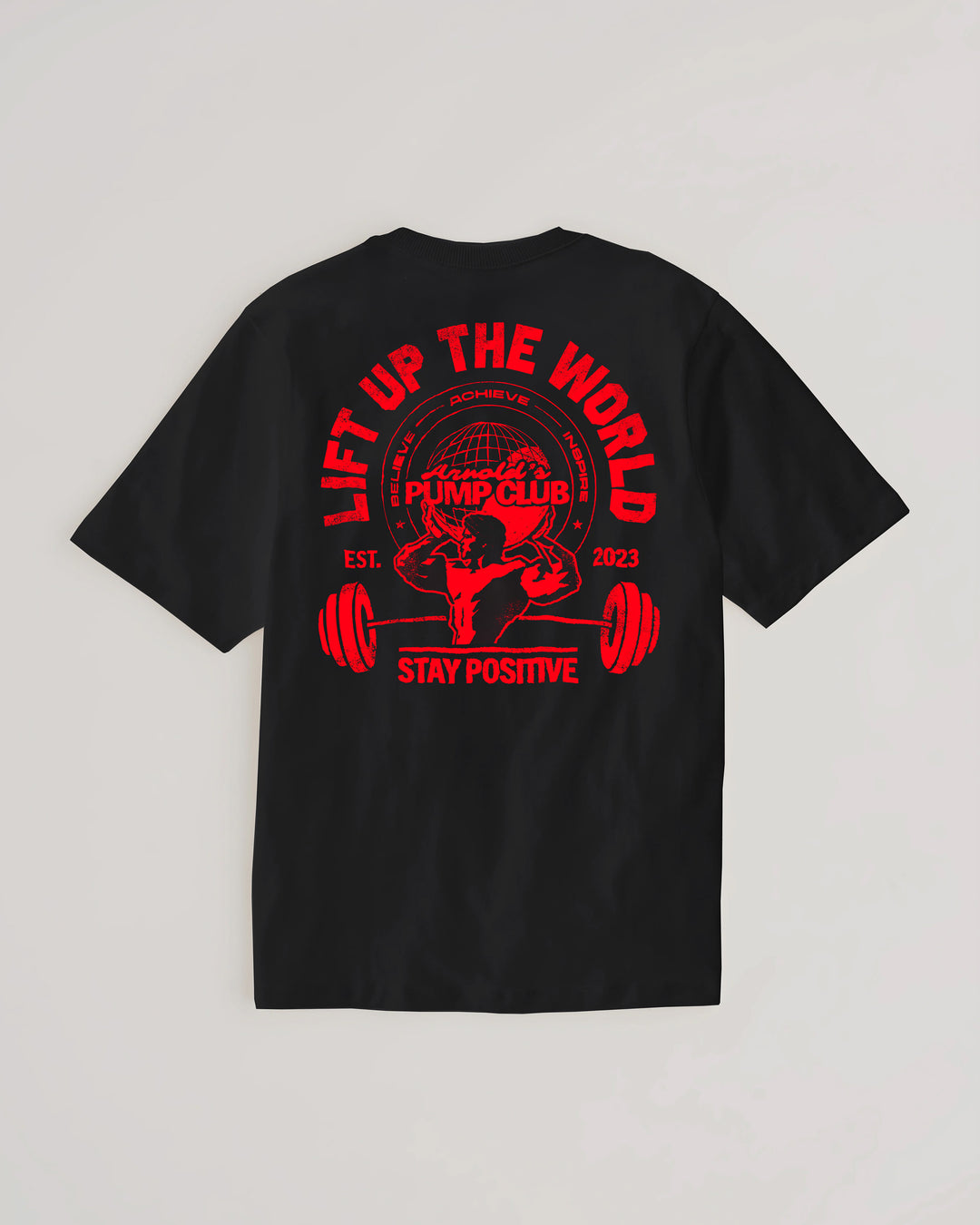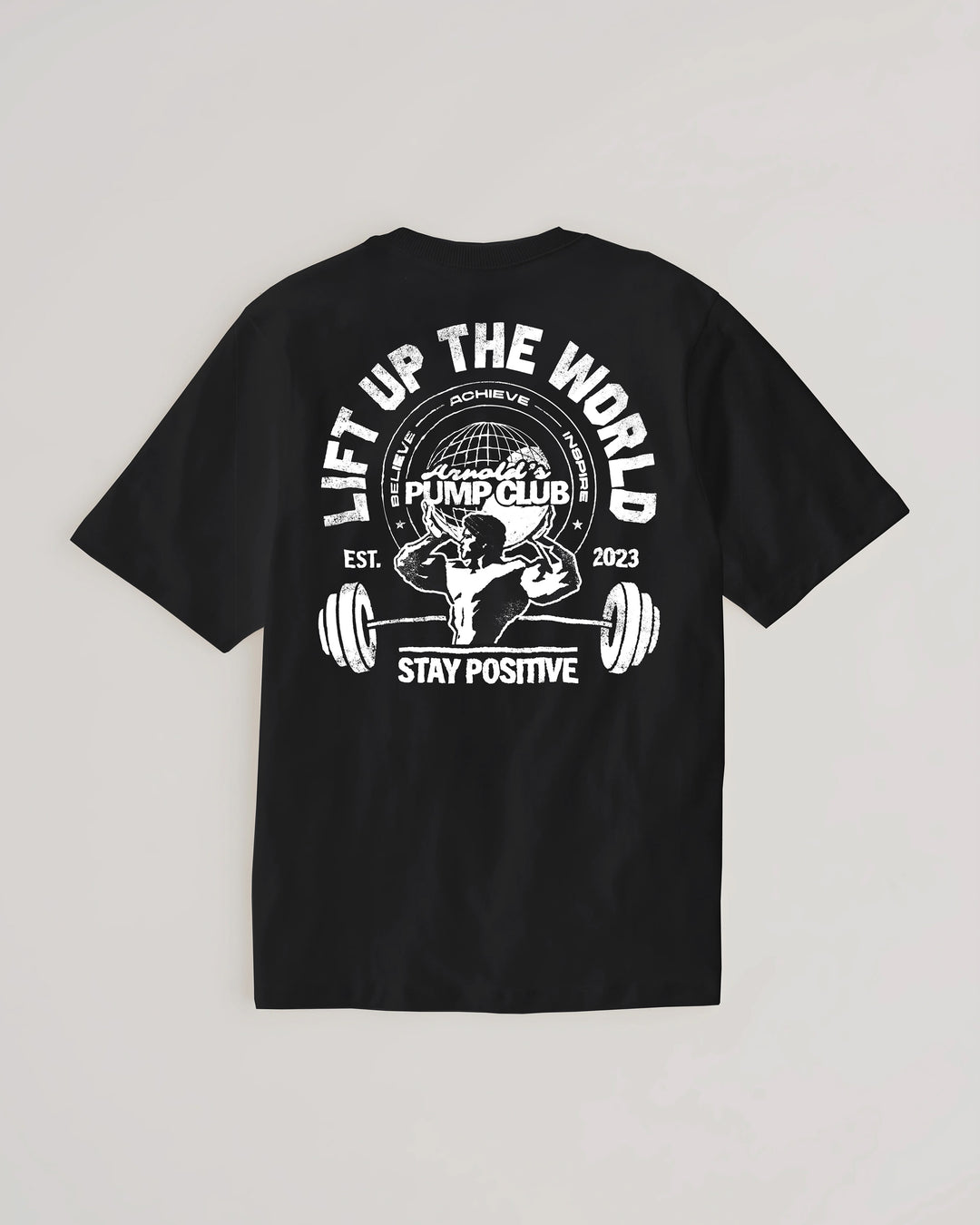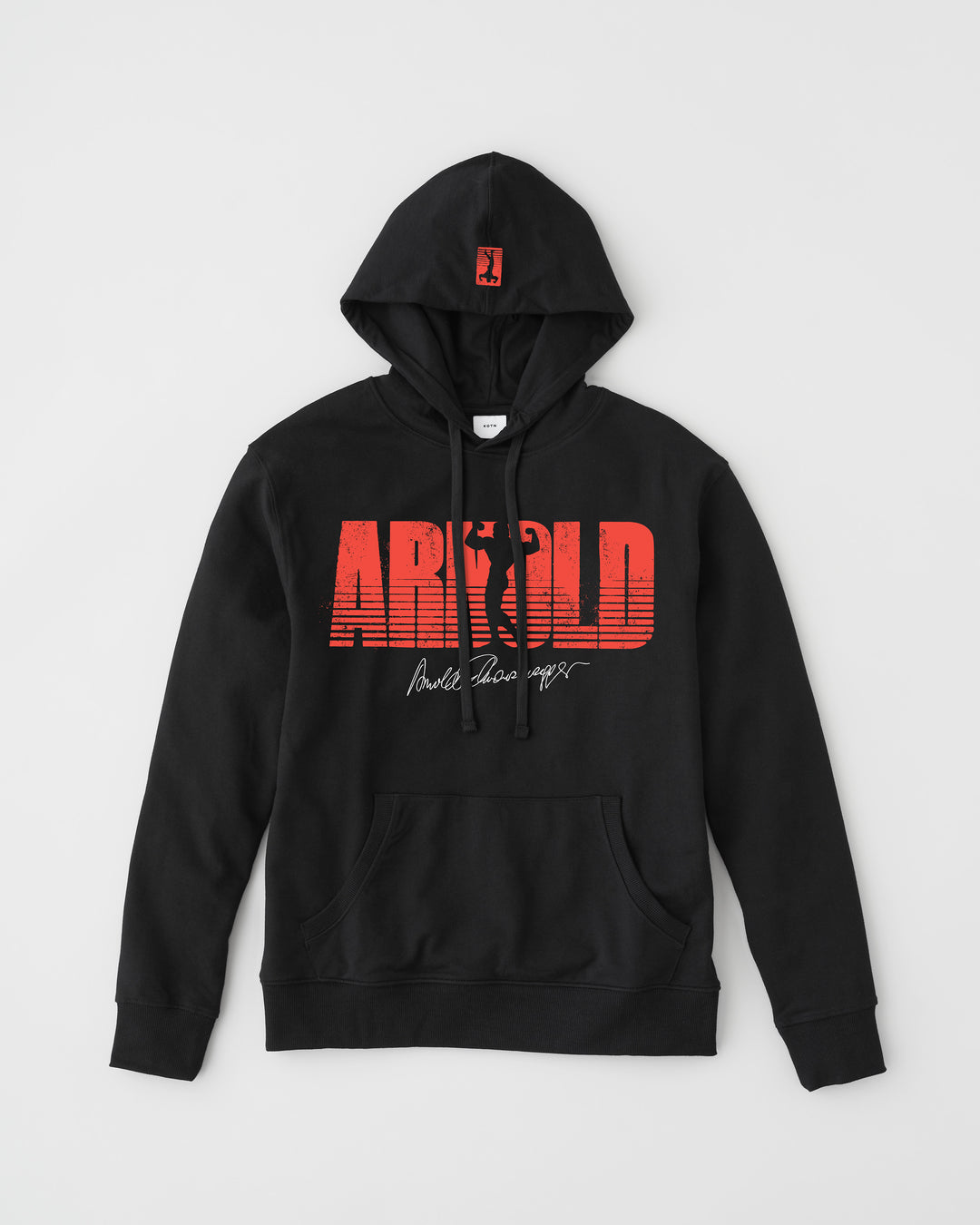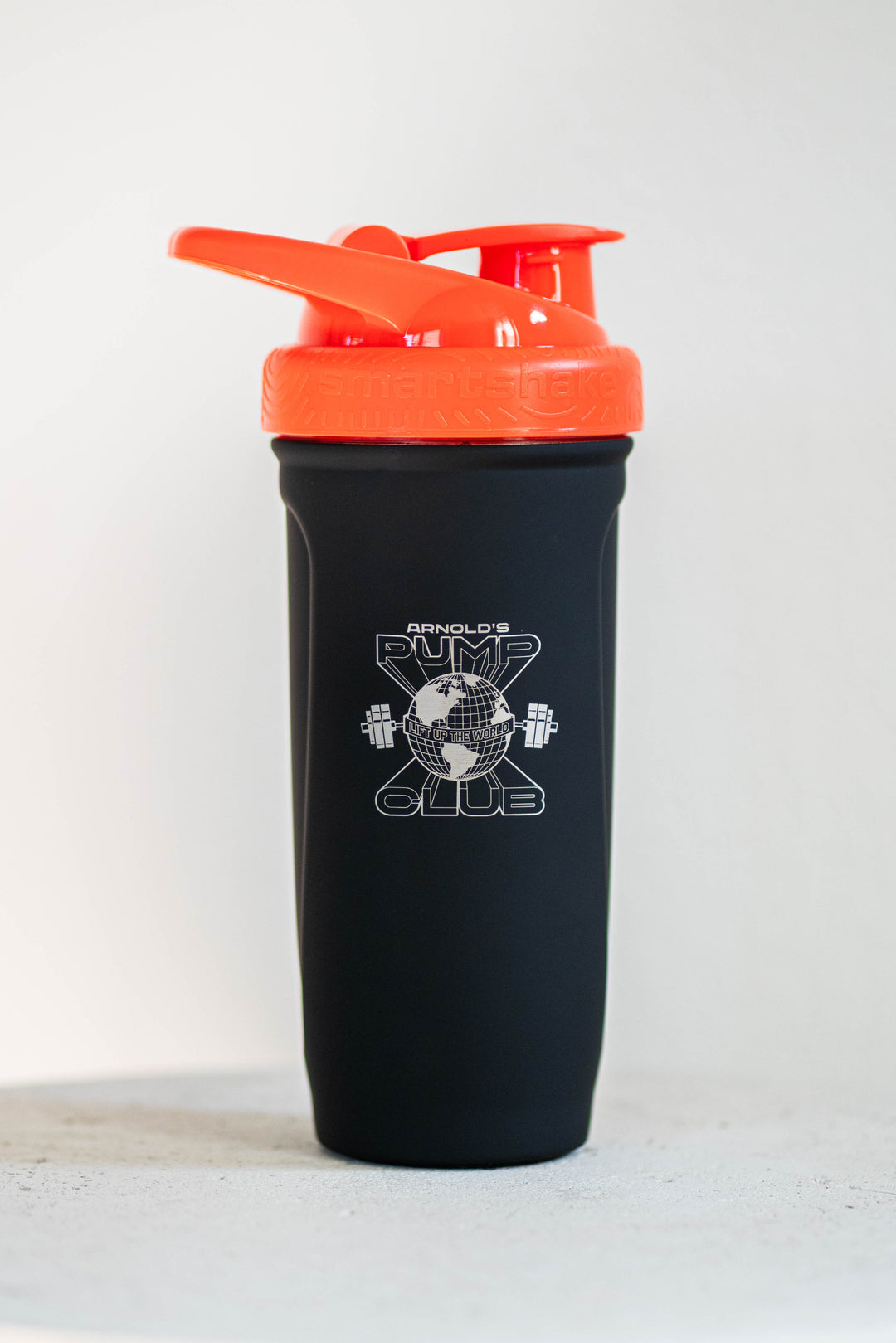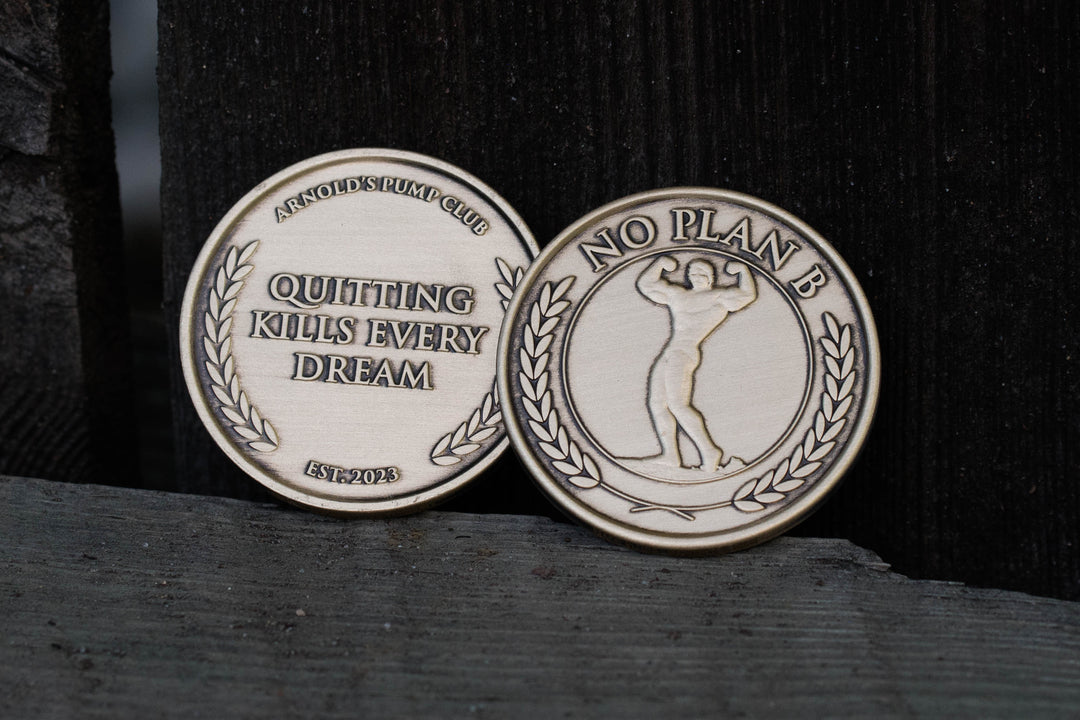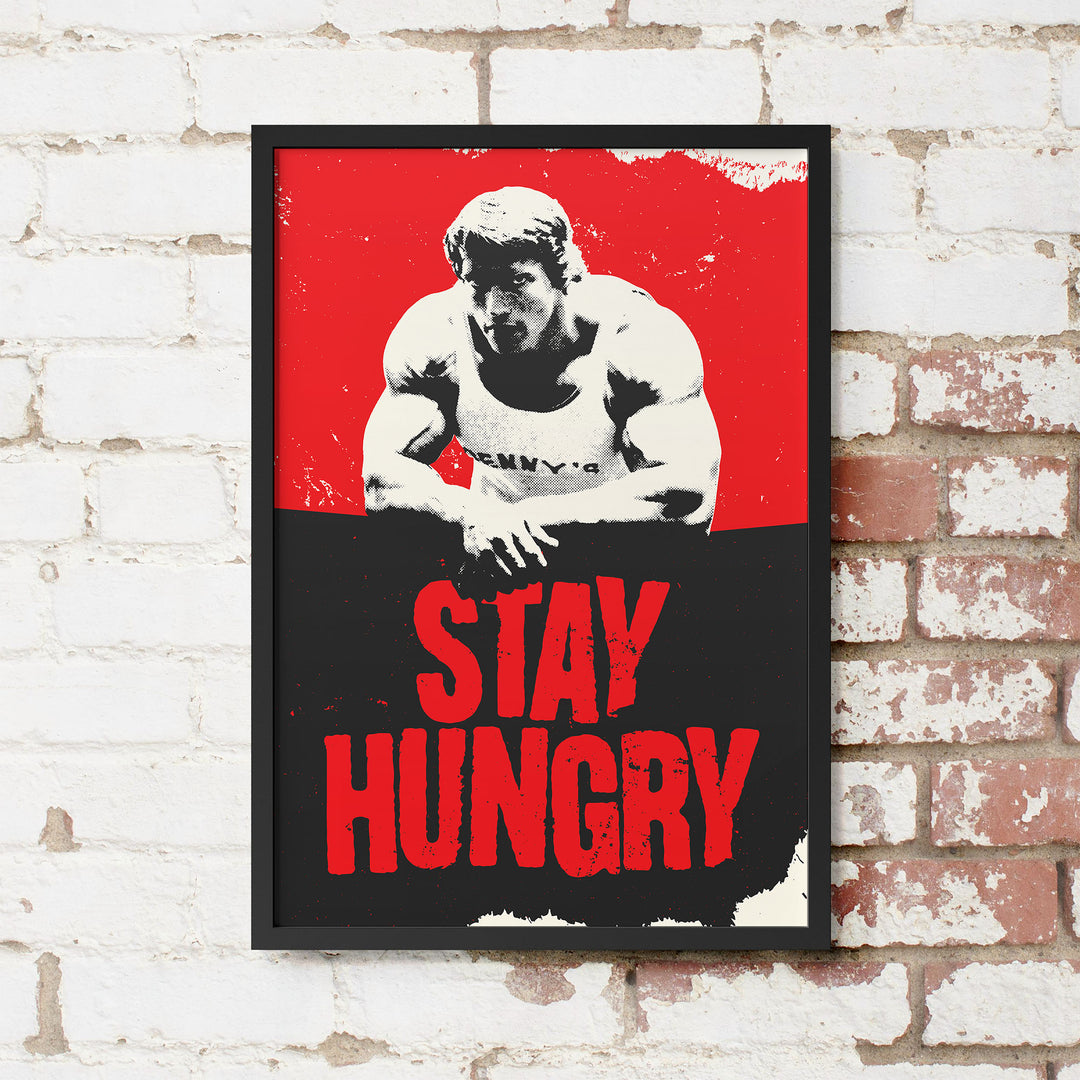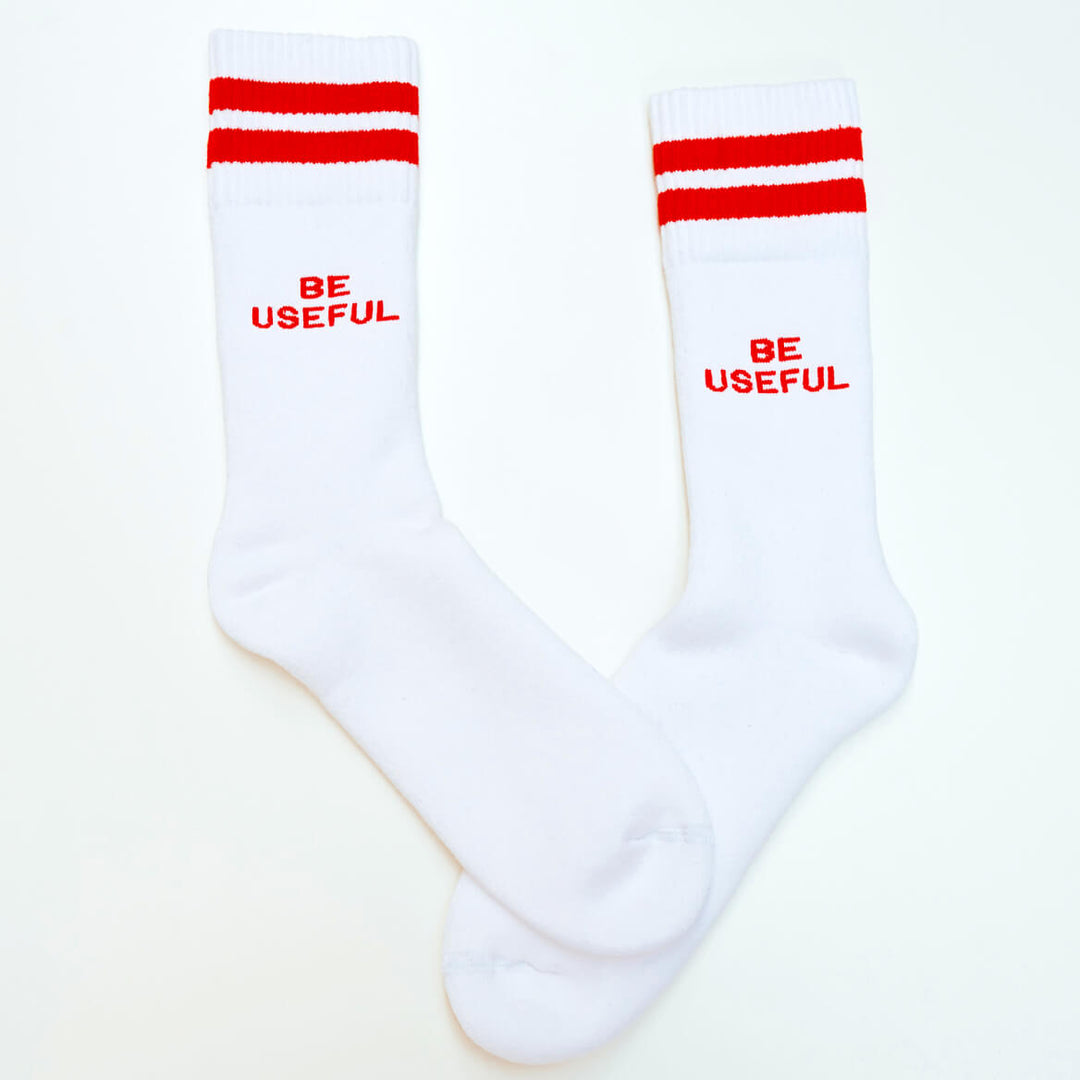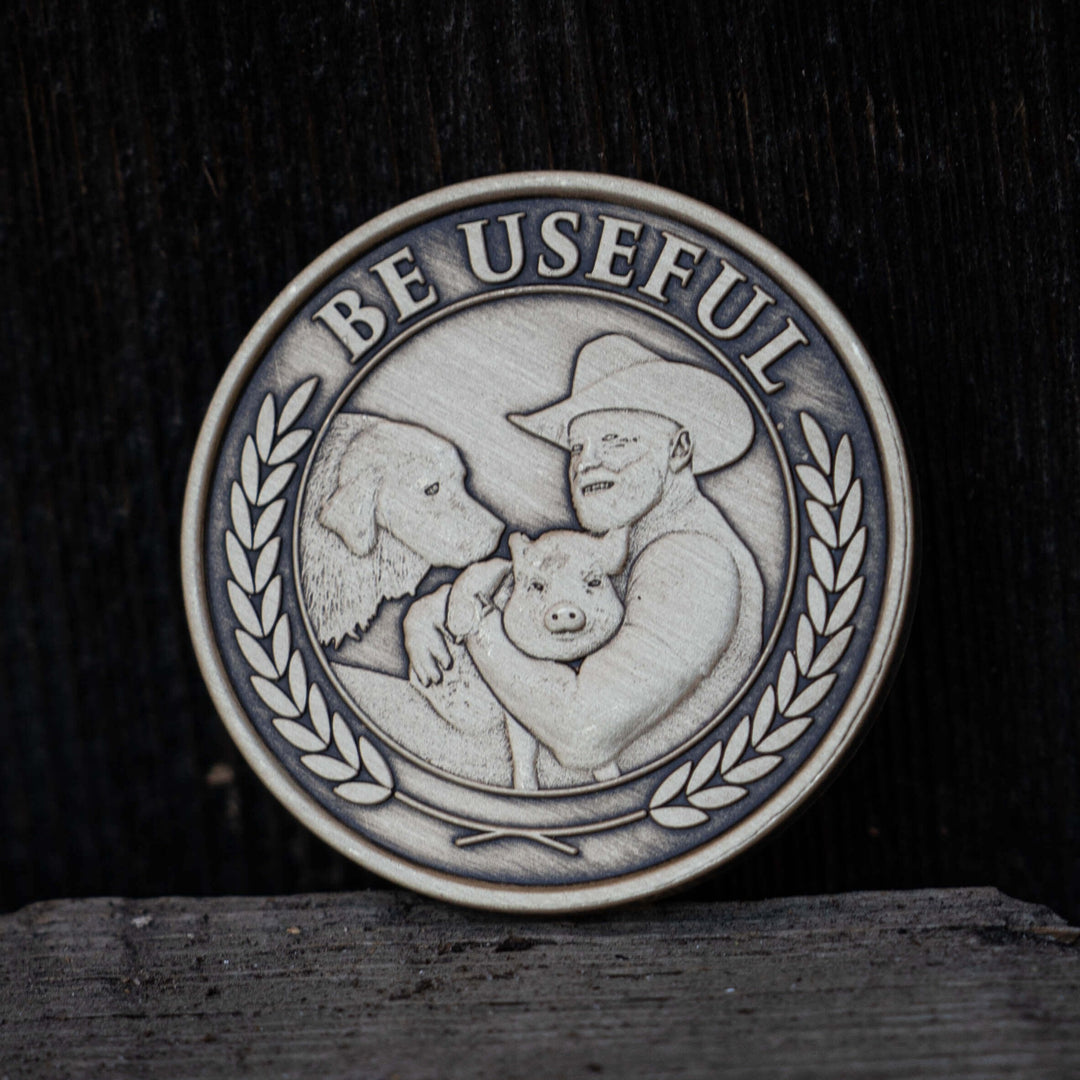Welcome to the positive corner of the internet. Every weekday, we make sense of the confusing world of wellness by analyzing the headlines, simplifying the latest research, and offering quick tips designed to make you healthier in less than 5 minutes. If you were forwarded this message, you can get the free daily email here.
Today’s Health Upgrade
Number you won’t forget
What’s your health worth?
Meal frequency and muscle gain
Weekend boosts: health trends and rice rules
Arnold’s Podcast
Want more stories from Arnold? Every day, Arnold’s Pump Club Podcast opens with a story, perspective, and wisdom from Arnold that you won’t find in the newsletter. And, you’ll hear a recap of the day’s items. You can subscribe on Apple, Spotify, Google, or wherever you listen to podcasts.
Longevity
Number You Won’t Forget: 40
If you want to keep your heart safe, it’s time to start pumping up your pecs.
Research suggests that men who can perform 40 pushups are 96 percent less likely to suffer from a heart attack than men who can only perform 10 pushups.
Take it from the lead researcher: “Our findings provide evidence that pushup capacity could be an easy, no-cost method to help assess cardiovascular disease risk in almost any setting. Surprisingly, pushup capacity was more strongly associated with cardiovascular disease risk than the results of submaximal treadmill tests.”
If you want to test your own strength, here is the setup:
Set a timer for 90 seconds, and perform as many pushups as possible (full reps only — lower your torso until it’s just above the floor, and then press all the way back up).
All pushups count as long as they are completed in the time given — assuming you don’t take longer than a three-second break at any time. In the study, if you rested more than three seconds, that was your final rep count.
Unfortunately, the study only tested men, so we don’t have a comparable number for women. But that doesn’t mean upper body strength isn’t equally as important, we just don’t have a clear strength-longevity threshold for women. (For any scientists who read this newsletter, let’s change that.)
In the spirit of health, take the pushup test and let us know how it goes!
What’s Your Health Worth?
Some people will sell you empty, unproven longevity promises and charge you hundreds or thousands of dollars.
We think you should be able to access the best workouts, nutrition advice, and expert guidance every month for the price of two coffees.
Since we didn’t see that happening, we built it ourselves.
In honor of his birthday, Arnold put The Pump app on sale for the first time. For a limited time, you can access workouts, nutrition advice, the habit builder, a positive community, top experts, and guidance from Arnold himself for only $6 a month. More than 20,000 success stories can’t be wrong. And it’s all risk-free. Sign up here and start your free 7-day trial.
Want to know what the experience is like? A current member gave an honest review discussing what he loves, the features he wishes we would add, and his overall experience.
Nutrition
Understanding Meal Frequency And Muscle Gain
Two weeks ago, we discussed whether frequent snacks help support weight loss (they do not). But many of you asked, what about muscle gain?
Research suggests that calories and macros are still the most important variable for muscle gain (and retention) — but meal frequency might play a small role in preserving your hard earned muscle.
Studies have compared eating a few meals per day to eating fourteen times during waking hours. In these studies, people eat the same number of calories but split them up differently throughout multiple meals.
While there’s no difference in metabolic rate, if your goal is gaining or maintain muscle, there appears to be a slight advantage if you have protein every four to six hours. By doing so, muscle protein synthesis (how you turn protein into muscle) is higher and muscle protein breakdown (how burn through muscle) is lower.
But the boost is modest and doesn’t increase the more you meal you cram into your day. In other words, getting protein every 1 to 2 hours is not superior to having it every four to six hours. That’s because protein — even the fastest digesting options — still take many hours to digest and used by your body.
Research suggests that the sweet spot for muscle gain for most people is eating .4 to .55 grams per kilogram of protein per meal, spread out across three to four times daily, for a total intake of 1.6 to 2.2 grams per kilogram of goal body weight. (Or .6 to 1 gram of protein per pound of goal body weight)
Again, there’s no need to overthink. Muscle gain is primarily driven by your training. And then it will be influenced by your calories and total protein intake. You can’t become bulky if you don’t eat enough calories to add more weight. But training and eating protein can help you shift your body composition so that you shift your body composition, meaning you have less fat and more muscle.
Weekend Boosts
The Rice Rules
We’ve shared that eating leftover carbs can have a metabolic benefit. That’s because cooling your rice and pasta changes their chemical structure and creates something known as “resistant starch,” which bends the law of calories so your body absorbs approximately half as many calories as regular starch. It’s not a massive difference, but it’s a great reminder that you don’t need to avoid carbs, and when you refrigerate your extra food instead of throwing it out, you can store fewer calories.
However, some people (thanks social media) worry that rice becomes filled with bacteria after just 24 hours, meaning it’s not a good leftover option. Thankfully, that’s not the case. Research suggests you can leave your rice in the fridge anywhere from 4 to 6 days. The real key to preventing bacterial growth? Don’t let your rice sit out for more than 1-2 hours outside of the fridge. Otherwise, you’re good to go
Weekly Wisdom
Article We’re Reading: Making Sense of Today’s Trends
Pump Club favorite Michael Easter gives the dirt on 9 current health trends. Did he miss anything? If so, we want to hear about it, and we’ll do some digging ourselves.
And that’s it for this week. If you missed it, be sure to get Arnold’s new free guide, 77 Life Lessons. Thanks for being a part of the positive corner of the internet, and we hope you have a fantastic weekend!
-Arnold, Adam, and Daniel
—
Publisher: Arnold Schwarzenegger
Editors-in-chief: Adam Bornstein and Daniel Ketchell


